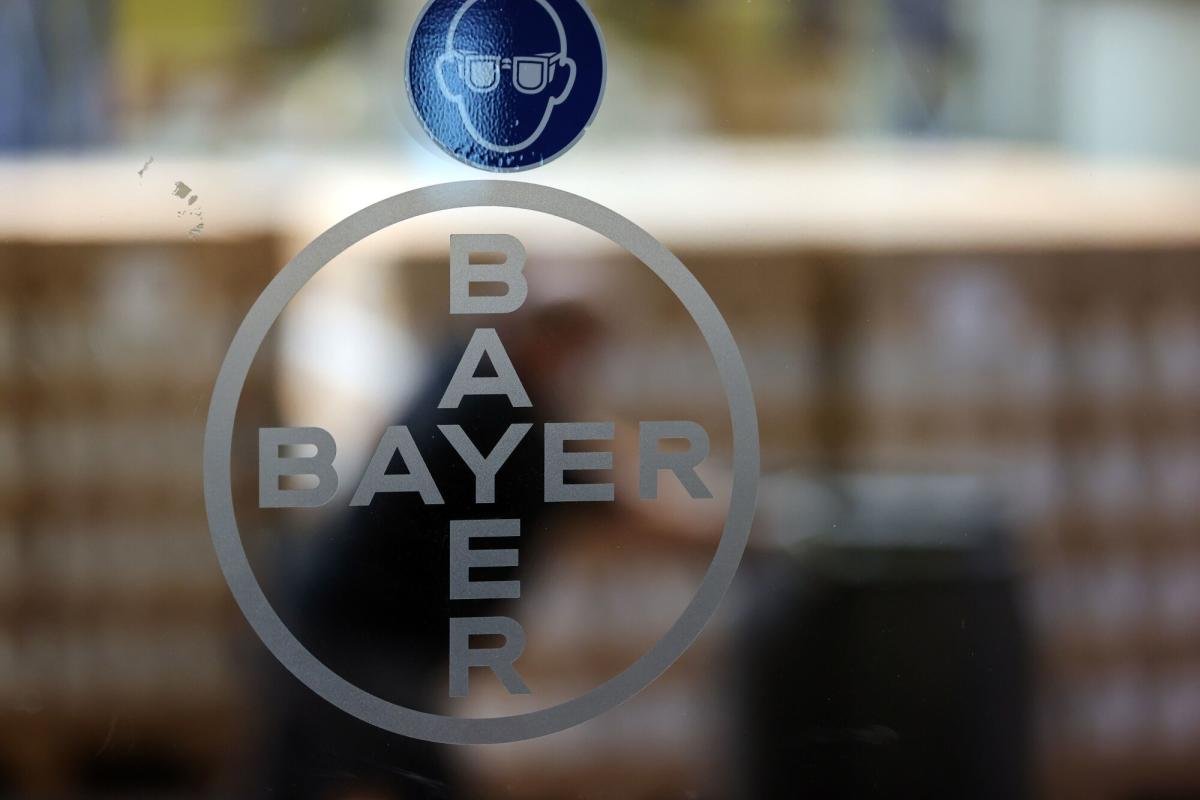(Bloomberg) — Bayer AG plans to slash its dividend by 95% in an effort to dig itself out of a hole created by the acquisition of Monsanto Co. that saddled the German company with massive debt and waves of litigation.
Most Read from Bloomberg
While a dividend cut was expected, the reduction highlights the challenges facing the drug and crop sciences company as it tries to stem its cash drain, rebuild its pharmaceutical pipeline and recover from the $63 billion takeover of the owner of Roundup herbicide in 2018.
Bayer said it will offer investors only the legal minimum required under German law, paying out 11 euro cents ($0.12) per share for 2023, down from €2.40 last year.
The company has been facing thousands of lawsuits claiming that Roundup caused cancer, which it denies. The debt pile of more than €38.7 billion, according to a recent filing, is becoming increasingly hard to manage amid growing legal costs and rising interest rates.
Analysts at Morgan Stanley wrote in a recent note that Bayer would have to favor a “more stringent dividend policy,” including a potential suspension of the payout, if it was to make headway in paying down debt.
Bayer shares rose about 1% on Monday after the dividend cut was announced, as investors reacted to the prospect of at least a meager payout. But they’re still down more than 70% since the Monsanto transaction.
Chief Executive Officer Bill Anderson, who was brought in last year to try to revive the group, said the decision to only pay out a legal minimum for the next three years “was not taken lightly.”
Anderson has already instituted operational changes designed to speed up decision-making, cutting layers of management and eliminating thousands of jobs. He’s also reviewing the conglomerate strategy, which currently includes three divisions, focused on crop science, pharmaceuticals and consumer health products.
‘Strategic Actions’
The dividend cut will save Bayer about €2.3 billion during each of the next three years, according to Charlie Bentley, an analyst at Jefferies. But with litigation and pension liabilities still high, the company will probably need to resort to other “major strategic actions” to restore the balance sheet, Bentley said.
Bayer has already pledged to spend as much as $16 billion to resolve Roundup litigation. Bayer is still facing tens of thousands of claims on the matter, with investors and analysts wondering if it will need to increase its outlay. Beyond that, Bayer is also dealing with expensive litigation over other Monsanto products, including the herbicide dicamba and toxic PCBs.
Bayer is also facing other challenges. Agriculture commodity prices are slumping, curbing sales for the crop science division. The pharma division is contending with patents expiring for its top-selling drugs, the blood-thinner Xarelto and eye medicine Eylea, and may struggle to grow through the rest of the decade.
In November, Anderson said he expected to generate zero free cash flow in 2023 despite nearly €50 billion in revenue, something he called “simply not acceptable.” Later that month, Moody’s Investors Service lowered its outlook to negative from stable for Bayer, citing a series of drug pipeline and legal setbacks that have sent its shares and bonds tumbling.
More Flexibility
“One of our top priorities is reducing debt and increasing flexibility,” Anderson said in Monday’s statement.
In slashing its dividend, Bayer follows steel conglomerate Thyssenkrupp AG, which in 2019 moved to suspend payments for four years in a bid to stem cash outflows. Scores of firms also took such steps during the Covid pandemic when revenues were constricted.
Bayer’s decision to cut its dividend highlights its challenging free cash flow position, said Michael Shah, a pharma analyst at Bloomberg Intelligence. The proposed dividend equates to a payout ratio of just 2%, he said, compared with the 30-40% rate paid in prior years and consensus of 35%.
“While the cut is not a complete surprise, the magnitude of it is and is likely to further dampen sentiment,” he said.
(Updates with more context and further analyst comment)
Most Read from Bloomberg Businessweek
©2024 Bloomberg L.P.

